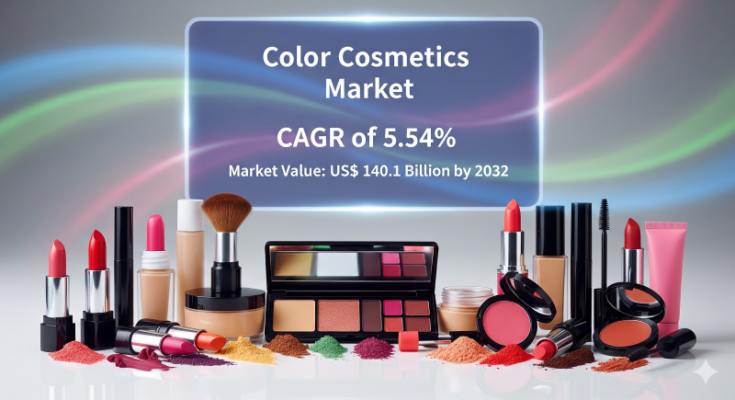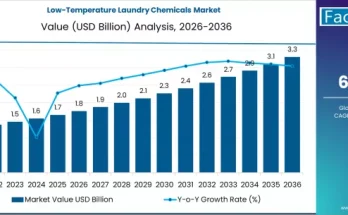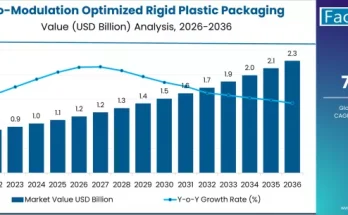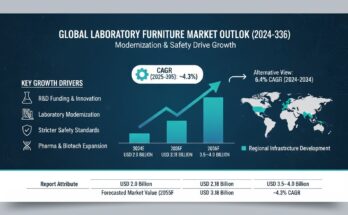The Color Cosmetics Market continues to be one of the most vibrant sectors in the global beauty and personal care industry. Beyond being just a beauty enhancer, color cosmetics are evolving into a powerful form of self-expression, creativity, and identity. With rising demand for innovative formulations, sustainable products, and inclusive beauty standards, this market is witnessing dynamic shifts that reflect the changing preferences of modern consumers.
This blog explores the market landscape, regional growth patterns, key trends, end-use applications, and future outlook shaping the global color cosmetics industry.
Market Overview
Color cosmetics encompass a wide variety of products such as lipsticks, foundations, eyeshadows, blushes, nail paints, and more. Traditionally focused on enhancing appearance, today’s cosmetic products are expected to deliver multi-functional benefits—including skincare integration, sun protection, and long-lasting effects.
Key driving factors include:
- The influence of digital platforms and social media trends.
- Rising consumer preference for clean beauty and sustainable packaging.
- Expansion of personalized cosmetics tailored to diverse skin tones and needs.
- A growing emphasis on dermatologically tested and chemical-free products.
Regional Insights
North America
North America remains a frontrunner in the color cosmetics market, with strong demand for premium products and high consumer awareness. The popularity of influencer-driven marketing and collaborations between beauty brands and celebrities are shaping buying behavior.
Europe
Europe’s market is anchored in sustainability and ethical consumption. Stricter regulations on cosmetic ingredients and growing demand for cruelty-free, vegan products drive innovation among manufacturers.
Asia-Pacific
Asia-Pacific represents one of the fastest-growing regions, driven by rising disposable incomes, urbanization, and the influence of K-beauty and J-beauty trends. The market thrives on skincare-infused cosmetics and innovative product packaging.
Middle East & Africa
Rising demand for luxury cosmetics and growing awareness of global beauty trends are driving adoption in this region. Customized product ranges for diverse skin tones are gaining momentum.
Latin America
Latin America shows strong interest in vibrant, affordable color cosmetics, with younger demographics fueling demand through beauty influencers and social media exposure.
Key Trends & Forecast
- Clean and Sustainable Beauty
The demand for eco-friendly, vegan, and cruelty-free cosmetics continues to grow. Brands are investing in biodegradable packaging, refillable solutions, and natural formulations to meet environmentally conscious consumer expectations.
- Skincare-Infused Makeup
Consumers increasingly prefer hybrid products that combine skincare benefits with makeup. Examples include foundations with SPF, lipsticks with moisturizing properties, and primers enriched with vitamins.
- Personalization and Inclusivity
Inclusivity is no longer optional. Brands are expanding shade ranges to cater to diverse skin tones and using AI-driven tools to offer personalized product recommendations.
- Digital Transformation and E-commerce Growth
Online retail channels and social commerce are reshaping how consumers purchase cosmetics. Virtual try-on technologies, AR-powered apps, and influencer collaborations are becoming central to marketing strategies.
- Rise of Indie and Niche Brands
Smaller, independent brands are disrupting the market by offering unique product stories, authenticity, and innovative formulations. Their agility in responding to trends appeals strongly to younger audiences.
- Premiumization of Everyday Cosmetics
Consumers are willing to pay more for products that deliver long-lasting wear, premium textures, and luxurious experiences. The boundary between luxury and mass-market cosmetics is becoming increasingly blurred.
Applications & End-Use Outlook
Personal Use
Personal grooming and self-expression are primary drivers of color cosmetic purchases. Consumers seek products that align with their lifestyle, skin type, and ethical values.
Professional Use
Makeup professionals and salons are significant contributors to market demand, particularly for high-performance and long-wear products used in weddings, events, and fashion shows.
Entertainment and Media Industry
The entertainment sector—including film, television, and social media content creators—relies heavily on color cosmetics. The rise of beauty influencers has amplified demand for high-quality, camera-ready products.
E-commerce and Subscription Models
Direct-to-consumer subscription boxes, virtual try-on tools, and customized kits are enhancing customer engagement and accessibility in the market.
Competitive Landscape
The color cosmetics industry is highly competitive, with established multinational brands and emerging indie players coexisting in the market. Strategies shaping competition include:
- Product innovation with hybrid and multi-functional formulas.
- Sustainability commitments in sourcing, packaging, and manufacturing.
- Collaborations with influencers, celebrities, and digital platforms.
- Expansion into regional markets with customized shades and products.
Brands that prioritize authenticity, inclusivity, and innovation are expected to remain at the forefront of consumer preference.
Consumer Behavior Insights
Today’s color cosmetics consumer is highly informed and digitally active. Purchase decisions are influenced by:
- Transparency in ingredient sourcing.
- Social media and influencer endorsements.
- Alignment with values of sustainability and inclusivity.
- A shift from traditional heavy makeup toward natural and minimal looks.
Younger generations, particularly Gen Z and millennials, are key drivers of market growth, shaping demand with their preference for authenticity and ethical consumption.
Future Outlook
The future of the color cosmetics market lies in the intersection of technology, sustainability, and personalization. AR and AI tools will continue to transform how consumers discover and shop for products, while sustainability will remain a core brand differentiator.
Additionally, as beauty standards evolve, the industry is moving toward individuality, self-expression, and conscious consumption. Companies that innovate responsibly while maintaining inclusivity will thrive in this ever-changing landscape.
Conclusion
The Color Cosmetics Market is more than just beauty products—it is a reflection of personal identity, cultural diversity, and sustainability values. As consumer expectations evolve, the industry must balance innovation, inclusivity, and responsibility to maintain relevance.
In the coming decade, brands that embrace sustainable practices, technology-driven personalization, and authentic consumer engagement are set to redefine the future of beauty. The color cosmetics industry will continue to be a dynamic space where creativity meets consciousness, shaping not only how consumers look but also how they feel and express themselves.



